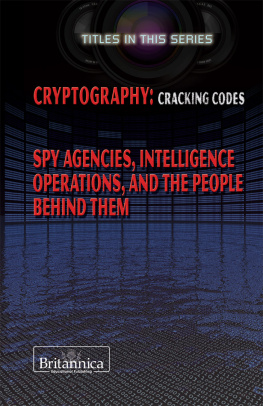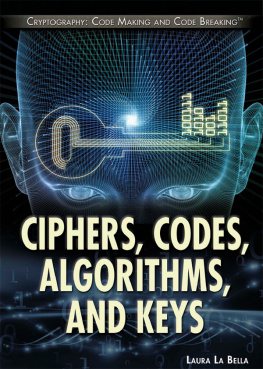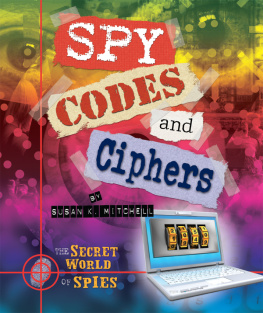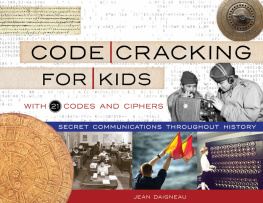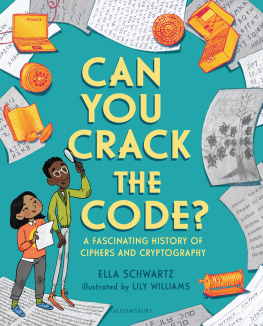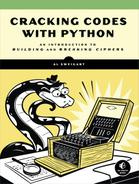


Published in 2013 by Britannica Educational Publishing
(a trademark of Encyclopdia Britannica, Inc.)
in association with Rosen Educational Services, LLC
29 East 21st Street, New York, NY 10010.
Copyright 2013 Encyclopdia Britannica, Inc. Britannica, Encyclopdia Britannica, and the Thistle logo are registered trademarks of Encyclopdia Britannica, Inc. All rights reserved.
Rosen Educational Services materials copyright 2013 Rosen Educational Services, LLC. All rights reserved.
Distributed exclusively by Rosen Educational Services.
For a listing of additional Britannica Educational Publishing titles, call toll free (800) 237-9932.
First Edition
Britannica Educational Publishing
Rob Curley: Senior Editor, Science and Technology
J.E. Luebering: Senior Manager
Adam Augustyn: Assistant Manager
Marilyn L. Barton: Senior Coordinator, Production Control
Steven Bosco: Director, Editorial Technologies
Lisa S. Braucher: Senior Producer and Data Editor
Yvette Charboneau: Senior Copy Editor
Kathy Nakamura: Manager, Media Acquisition
Rosen Educational Services
Nicholas Croce: Editor
Nelson S: Art Director
Cindy Reiman: Photography Manager
Karen Huang: Photo Researcher
Brian Garvey: Designer, Cover Design
Introduction by Richard Barrington
Library of Congress Cataloging-in-Publication Data
Intelligence and counterintelligence: cryptography: cracking codes/edited by Rob Curley.First edition.
pages cm
In association with Britannica Educational Publishing, Rosen Educational Services.
Includes bibliographical references and index.
ISBN 978-1-62275-036-8
1. CryptographyHistory. 2. Data encryption (Computer science) I. Curley, Robert. II. Title: Cryptography: cracking codes.
Z103.I68 2013
005.8'2dc23
2012035291
Manufactured in the United States of America
On the cover, pp. i, iii: Binary code.Comstock/Thinkstock
Cover (top front and back) www.iStockphoto.com/Yucel Yilmaz; back cover www.iStockphoto.com/Alexander Putyata; pp. 1, 15, 30, 41, 50, 63, 75, 77, 78 www.iStockphoto.com/Olga Yakovenko; pp.12, 27, 28, 38, 43, 44, 59, 60, 67 www.iStockphoto.com/Molnr kos
CONTENTS

Binary code. Spaxiax/Shutterstock.com
T he world of secret messages and code breakers might seem like something out of a high-tech espionage thriller, but the fascination we have with cryptology and its methods in novels has been inspired by some very real practices. At times, these practices have helped change history, and while cryptology continues to adapt by using cutting-edge technology, it is a scienceand to some extent an artwith roots that go back to ancient times.
This book will let you in on the secrets of cryptography and code breaking, including their colourful history, the extremely intricate structures that go into cryptographic systems, and the high-level puzzle-solving required to break a code. In the process, you will see both sides of a cat-and-mouse game: those who are trying to devise impenetrable codes, and those who are trying to crack those codes.
Given the long history of the practice, it is appropriate that the word cryptography comes from ancient Greek. It literally means hidden writing, and the practice is one of trying to conceal messages in plain sight. Cryptanalysis represents the other side of game: the practice of trying to decipher or forge messages written in someone elses code. Cryptology is a broad description of the overall field, encompassing both cryptography and cryptanalysis.
Talk of secret messages and code breakers evokes images of spies and international diplomacy, and cryptology continues to play its traditional role in that realm. However, in a world of electronic commerce, cryptology is also central to more mundane types of business, as each day it allows millions of financial transactions to take place with safety and ease.
Fundamentally, cryptography is based on a key, which is the formula for converting the original message (known as plaintext) into a cipher, or a secretly coded message. The process for making this conversion is known as encryption, and the reverse process is known as decryption.
The use of a key to convert information into a cipher can be quite simple, but there are various techniques for making that conversion process more complex, and thus the cipher harder to crack. This book will show how modern encryption methods have built on the basic principles of cryptography to create increasingly elaborate yet efficiently automated methods of securely encoding information.
These encryption methods are essential to 21st century electronic commerce. Credit and debit cards, Internet transactions, and electronic money transfers all rely on principles of cryptography. In addition to using cryptography to safeguard information belonging to consumers, merchants, and financial institutions, electronic commerce relies on cryptography for one other element that is necessary for automated transactions, and that is authentication. In a world where the parties to a transaction increasingly do not meet face to face, encrypted authentication methods are vital to ensuring that those parties are whom they claim to be.
Unfortunately, encryption methods have become increasingly sophisticated out of necessity, as the theft and unauthorised decryption of sensitive information has grown right along with electronic commerce itself. Illegal decryption is often the basis for cyber crimes such as identity theft. By the first decade of the 21st century, this type of fraud was already affecting millions of people in the United States alone, resulting in the losses of billions of dollars by businesses and consumers.
While encryption methods continue to evolve to meet the growing security challenge, a look back at the origins of cryptography provides some insight into the basic building blocks of todays systems. This book will examine the historical development of the two major types of ciphers: transpositions and substitutions. Transposition ciphers conceal a message by scrambling the sequence of its components, while substitution ciphers replace those components with different letters, numbers, or other symbols while maintaining the same sequence.
Transposition ciphers, which often use an agreed-upon keyword to signal the rearrangement of the letters in the original text, were popular in the early history of cryptography, and are still used today in more complex forms, which often entails layering one transposition on top of another to further scramble the message.
Substitution ciphers are the way codes have often been depicted in popular stories and films: a letter or symbol is substituted for each letter of the alphabet, and the original message is converted accordingly. In its simplest form, this has the drawback of presenting an often-recognisable pattern of how the characters appear, according to the language of the original text. To obscure those patterns, variations on substitution ciphers have been developed, such as using multiple alphabets so the substitution does not correlate as closely with the original message.
Next page
